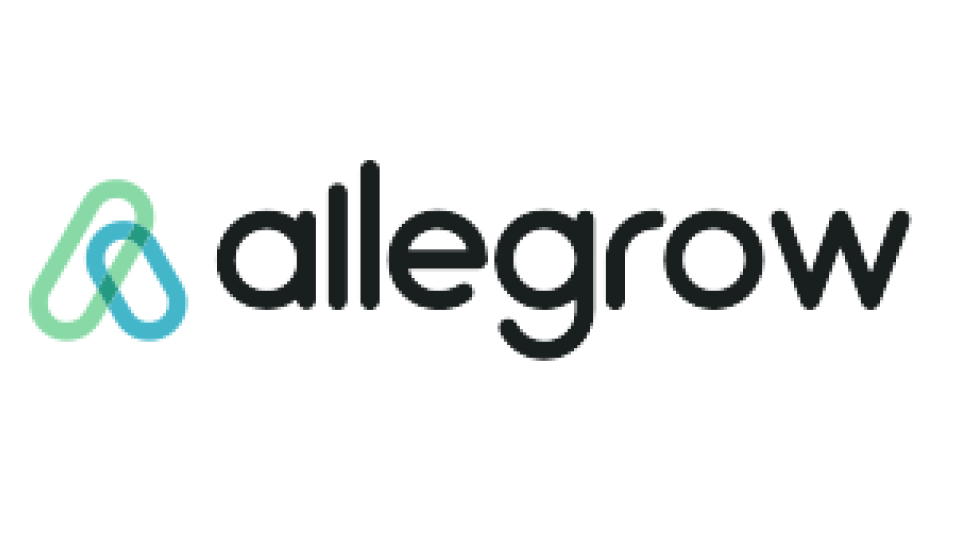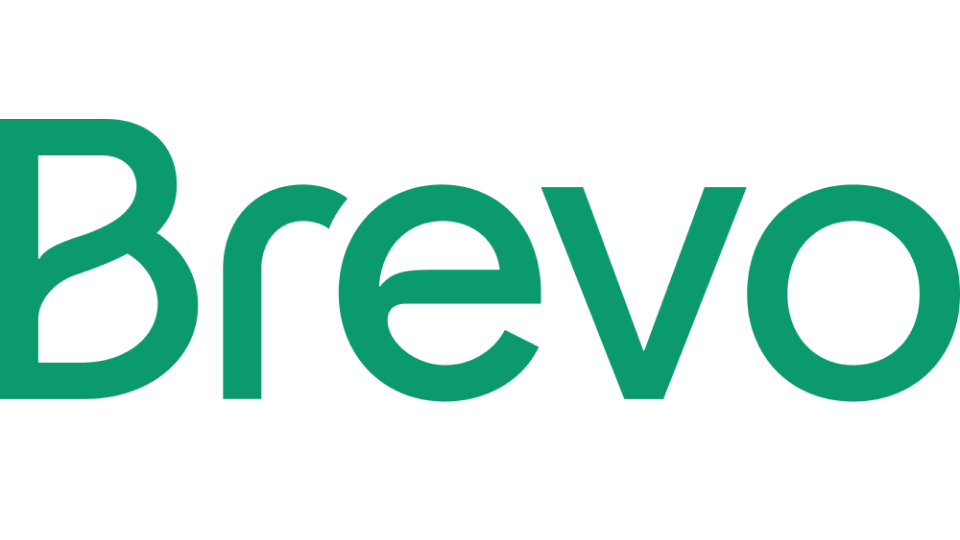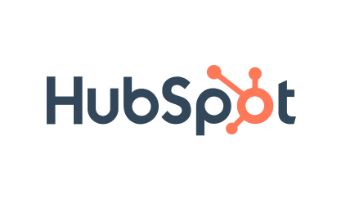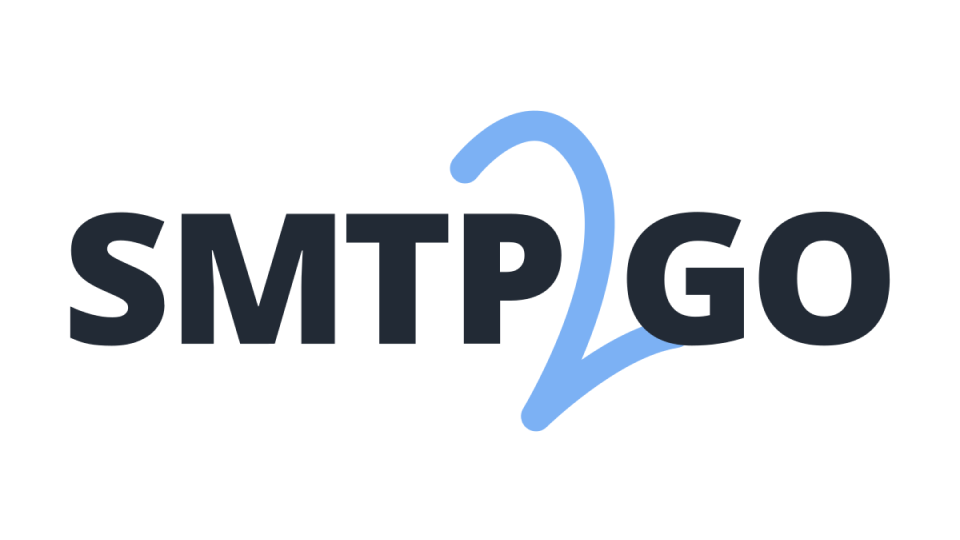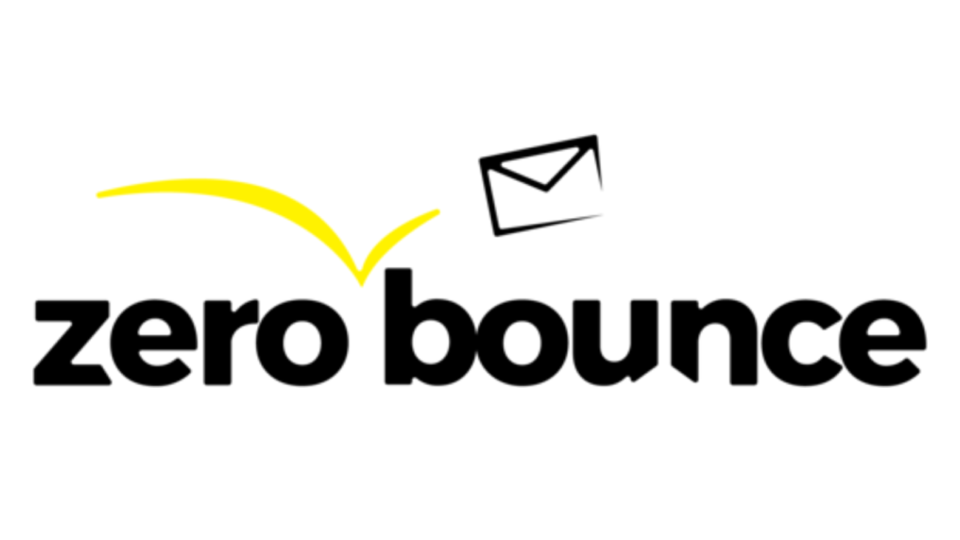Email delivery solutions enhance your email delivery rates, as well as managing sender reputation, and mitigating issues related to spam and email bounces. This benefits both you and your customer. You benefit as you can ensure that customers engage with the emails that you spend time crafting, and your customer benefit as they receive the content they need and want. These solutions provide businesses with the tools they need to create and send targeted, personalized email campaigns, track results, and analyze performance.
Email delivery solutions also offer features such as email scheduling, analytics, automation, and bounce management. This range of capabilities highlights how email delivery solutions are an essential tool for organizations looking to maximize their email engagement and return on investment. For many organizations, email is their number one way of communicating with their customer base. It is, therefore, essential that this is an effective and flexible means of communication.
Email deliverability is affected by various factors including sender reputation, email authentication, content quality, and recipient engagement. Email delivery solutions work by assessing these ratings and streamlining the emailing process, ensuring your messages reach their intended audience. They work closely with ISPs, deliver dedicated IP allocation, as well as DKIM, DMARC, and SPF authentication mechanisms to create a robust path between the sender and recipient inboxes.
As a sender, using an email delivery solution helps you maintain your sender reputation, reduce email bounces, minimize spam complaints, and enhance customer experience. These solutions simplify email management for marketers, developers, and businesses alike, taking the guesswork out of reaching customers swiftly and efficiently.
The email delivery market has grown significantly in recent years, with numerous providers offering diverse features, pricing, and support. Finding the right provider can be overwhelming, but we’re here to help. This guide will explore the top email delivery solutions based on their features, performance, security, customer support, and pricing. We’ll consider their user interface, APIs, scalability, reporting capabilities, and third-party integrations, based on our own testing and customer reviews.



